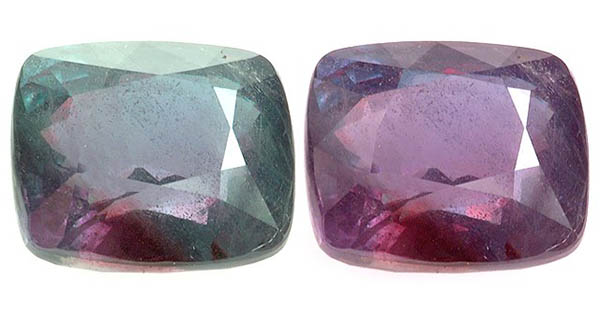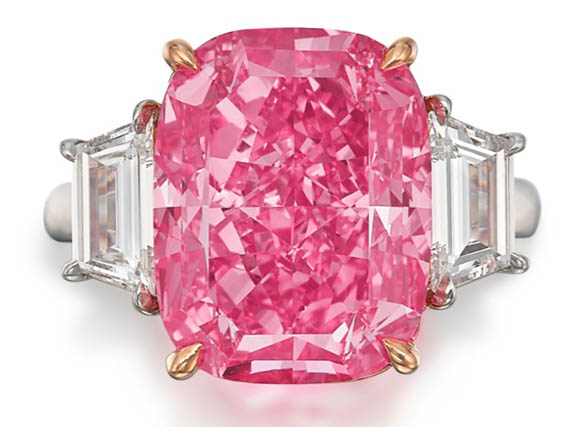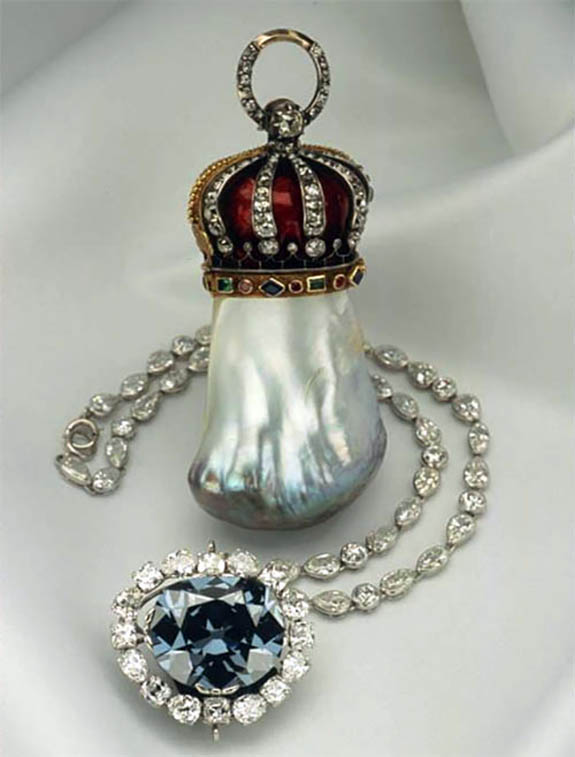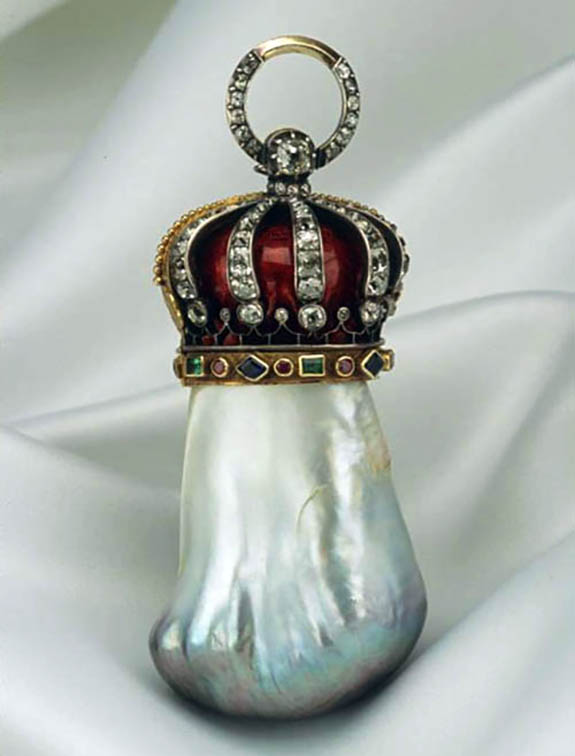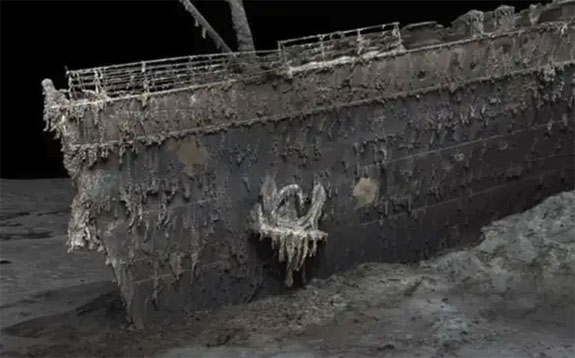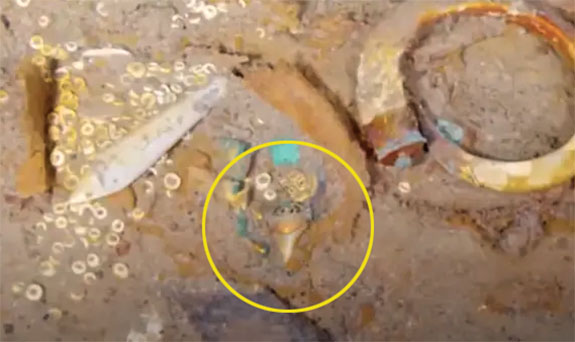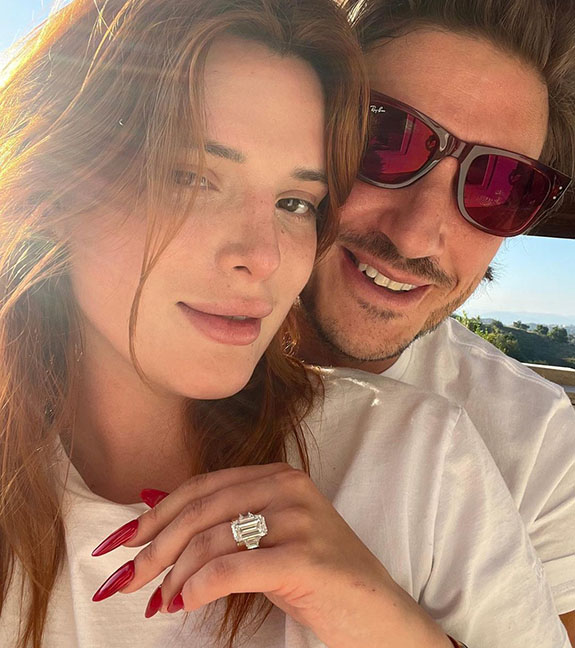If it seemed like Denver Nuggets owner Stan Kroenke was struggling to keep the Larry O’Brien Trophy aloft during Monday night’s post-game awards presentation to the newly crowned NBA champions, there’s good reason.

The 24-karat-gold-vermeil-over-silver trophy weighs as much as a three-year-old child.
In 2022, artist Victor Solomon and Tiffany & Co reimagined the trophy, giving it a forward-leaning motif that symbolizes the league “looking ahead to its future.” But while the trophy is just slightly taller than its predecessor (25.5 inches vs 24.5 inches), its weight has nearly doubled, from 15.5 to 30 pounds. (By comparison, the mammoth NHL Stanley Cup stands 35 inches tall and weighs 34.5 pounds).

The new design also features a stylish detail, where the 24-karat gold vermeil has been masked to reveal the underlying sterling silver along the “ribs” of the ball and the rope details of the net.
In addition, the disc-shaped base now has two levels instead of one. The top disc lists the first 75 NBA champions. And starting in 2022 and going forward, the name of the NBA champion team will been etched on the bottom disc. Designer Solomon also added a nearly hidden element — the underside of the trophy features the new NBA Finals logo.
Solomon told The Robb Report in 2022 that his favorite feature of the new Larry O’Brien Trophy is the two-part cylindrical base that honors the past while welcoming the future.
“On the surface of the top layer, we’ve etched all previous championship-winning teams and corresponding years, and the second layer has open real estate to etch the next 25 champions — designed to take us up to the 100th anniversary of the league,” he said.
Tiffany reported that the artisans at its hollowware workshop in Cumberland, RI, require more than 65 hours over six months to complete a single NBA championship trophy. Gold and silversmithing techniques, such as engraving, casting and etching are required to complete each piece.
Trophies are permanently possessed by the championship team and generally displayed in the team’s arena.
Along with the reimagined Larry O’Brien Trophy, which honors the accomplishments of the NBA’s third commissioner, the league revealed five other trophy designs, which are annually presented to the NBA Finals MVP, the two conference champions, as well as the Eastern and Western Conference MVPs.
The NBA’s relationship with Tiffany & Co. spans 46 years, with the luxury house having designed and manufactured the Larry O’Brien Trophy since 1977, the league’s conference championship trophies since 2001 and the Bill Russell Trophy (NBA Finals MVP) since 2005.
Credits: Screen grab of Stan Kroenke lifting the trophy via Youtube.com/NBA. Photo of trophy grouping courtesy of NBA.


